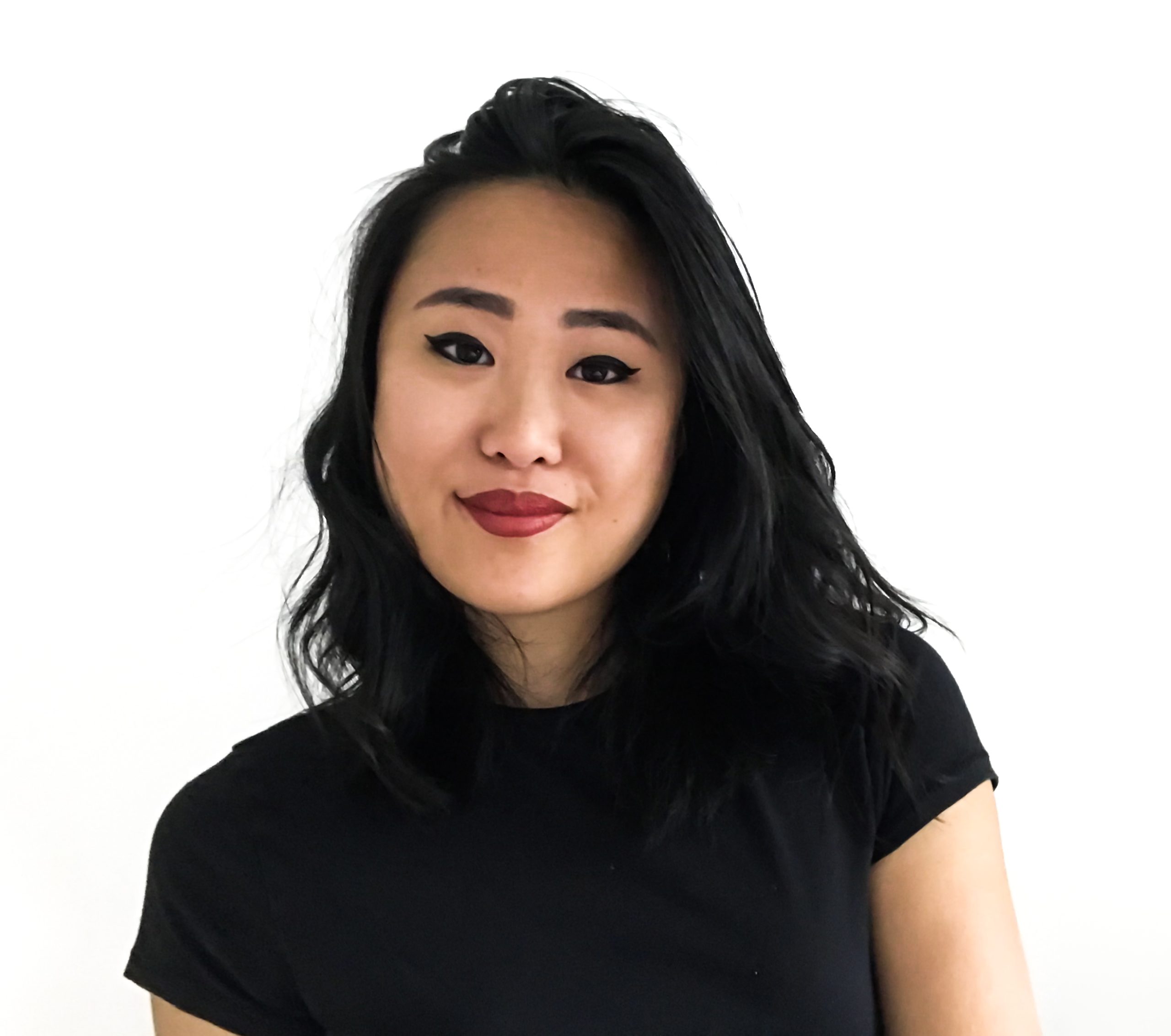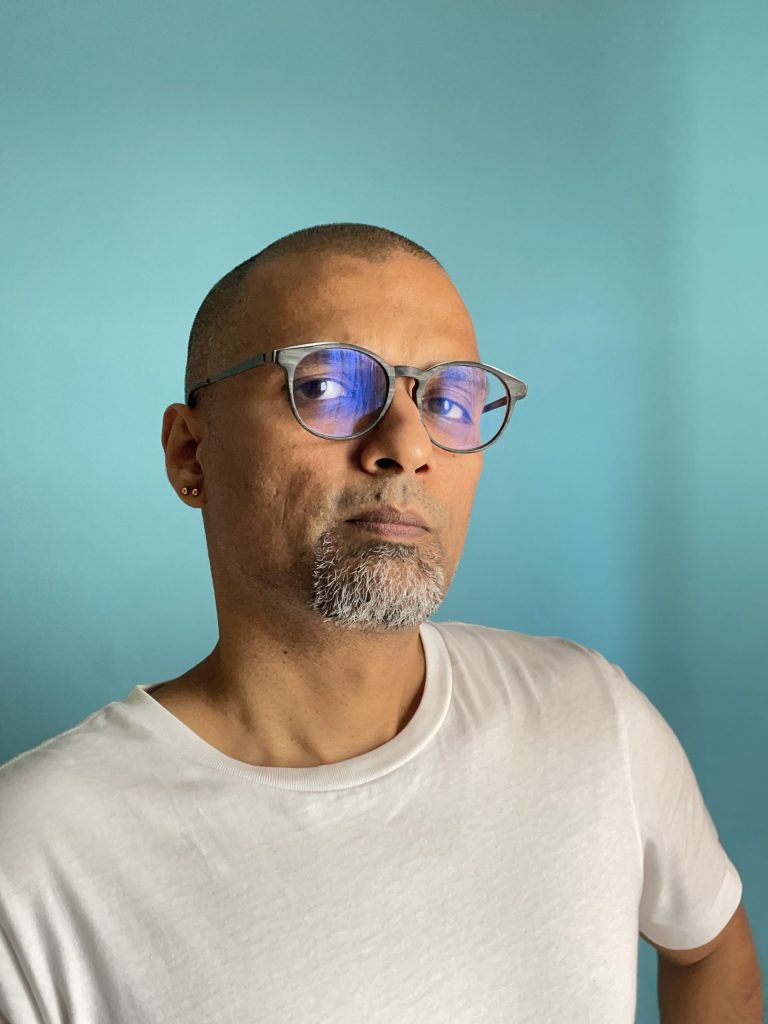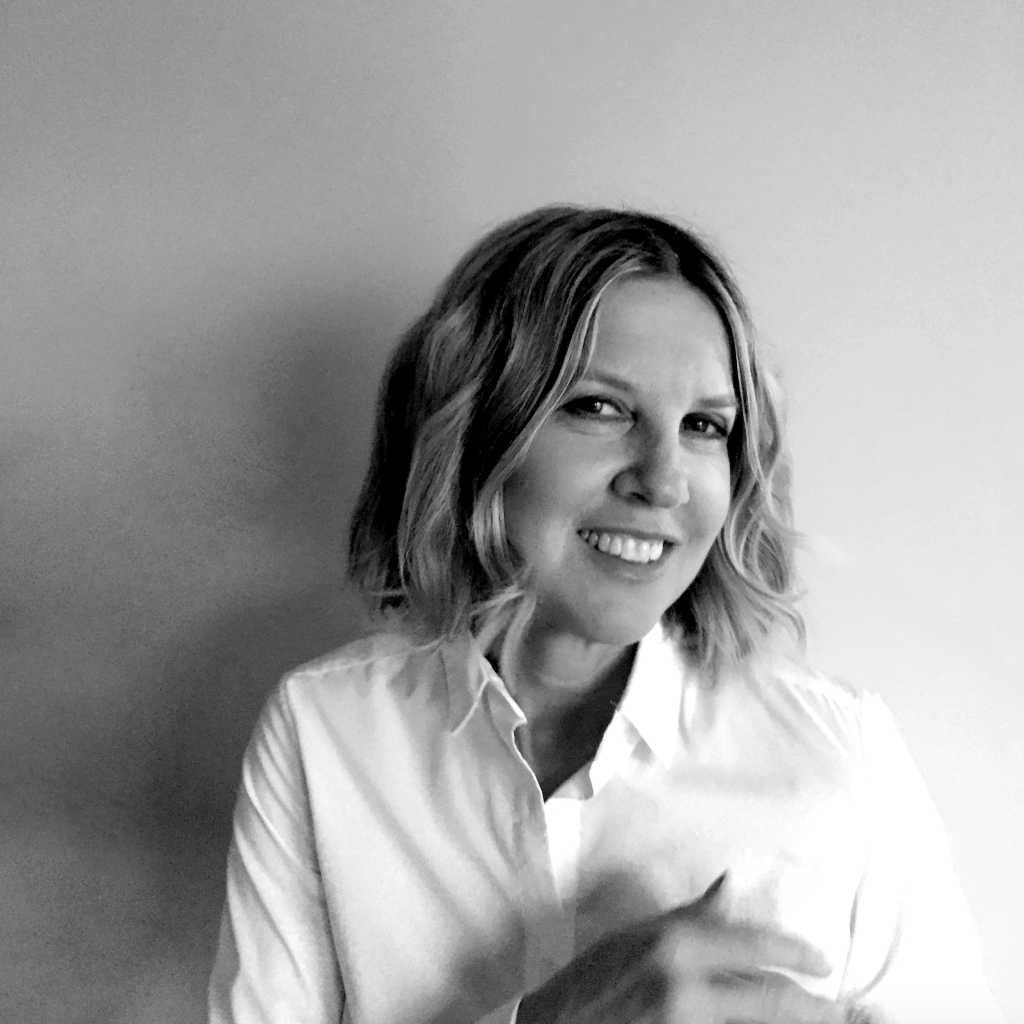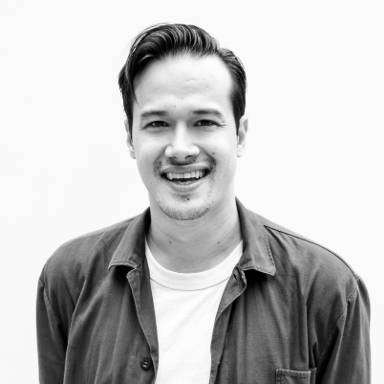You’re originally from Kuala Lumpur. What brought you to New York?
A passionate sense of curiosity and really good luck! Kuala Lumpur is such a great city, very much like New York where you'll always meet interesting and intelligent people if you're a curious person. A really cool dude from Memphis (!) suggested combining my love for design, culture, travel, and education with a grad school degree, so being accepted into Pratt felt like it was meant to be. After completing my program, I got a job pretty quickly and so I stayed on, because I was having so much fun being surrounded with great friends and work opportunities. I am incredibly grateful, being a foreigner working in this city, because qualifying for the US immigration work laws is super-difficult and so having the opportunity that I have is fantastic.
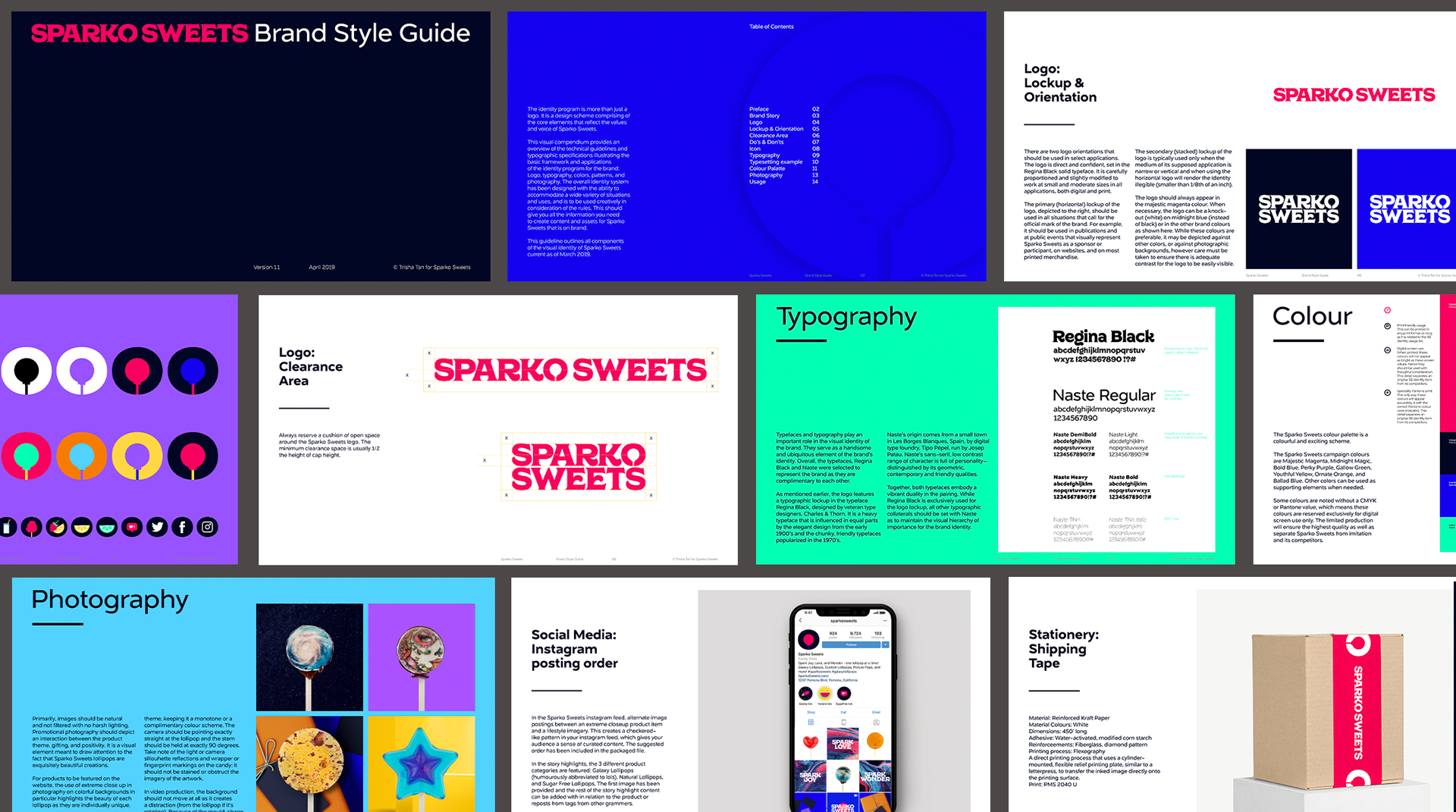
Animation and style guide for Sparko Sweets, the LA-based candy brand.
How do you think it compares to the Malaysian design industry?
I love my country and have a great sense of pride of my origin, because I couldn't be where I am today without the teachers I've had and the connections I've made working there in my foundational years. Comparatively, the United States and Malaysia have very different design standards--from the understanding of design and typographic principles to communication styles and expectations of the role. Regretfully, in most of my years working there, design in KL was simply a production role largely dictated by marketing needs, and less of any form of design thinking practice. Maybe things have changed now, I don't know, because I've only taken on small print design jobs since leaving the city. I did [try to] create a different experience by working with friends to redefine design expectations to change that dynamic.
I've joked with my peers that returning home to KL for work would mean taking a pay cut and working with different expectations for design, which I am absolutely okay with, but my demise would be that a good number of agencies still use older, pirated Adobe programs, and I could not mentally handle that anymore!

Commissioned lettering for a friend.
You stress the importance of research and strategy in your work. What is a typical approach to a project?
I am a firm believer that if you're not asking the right questions, you'll never know what kind of story you're trying to tell. I'm a little "old school" when it comes to my design process and that means I apply the methodologies I've learned at Pratt's grad program because I really do value the teachings from my professors. I try not to assume what the end result should be before I start any project. It is through research, analysis, and the partnership with the client or like-minded designers where one will develop informed ideas or stories that truly create value and meaningful connections in the work. I take notes, draw up a lot of sketches, go through rounds of design critiques with the people I work with, and come up with ideas and different executions together. I get to teach and also learn from everyone this way. Most ideas get scrapped, of course, but I like to think that the value of great design goes beyond visual aesthetics because it's the intelligence behind that great idea.
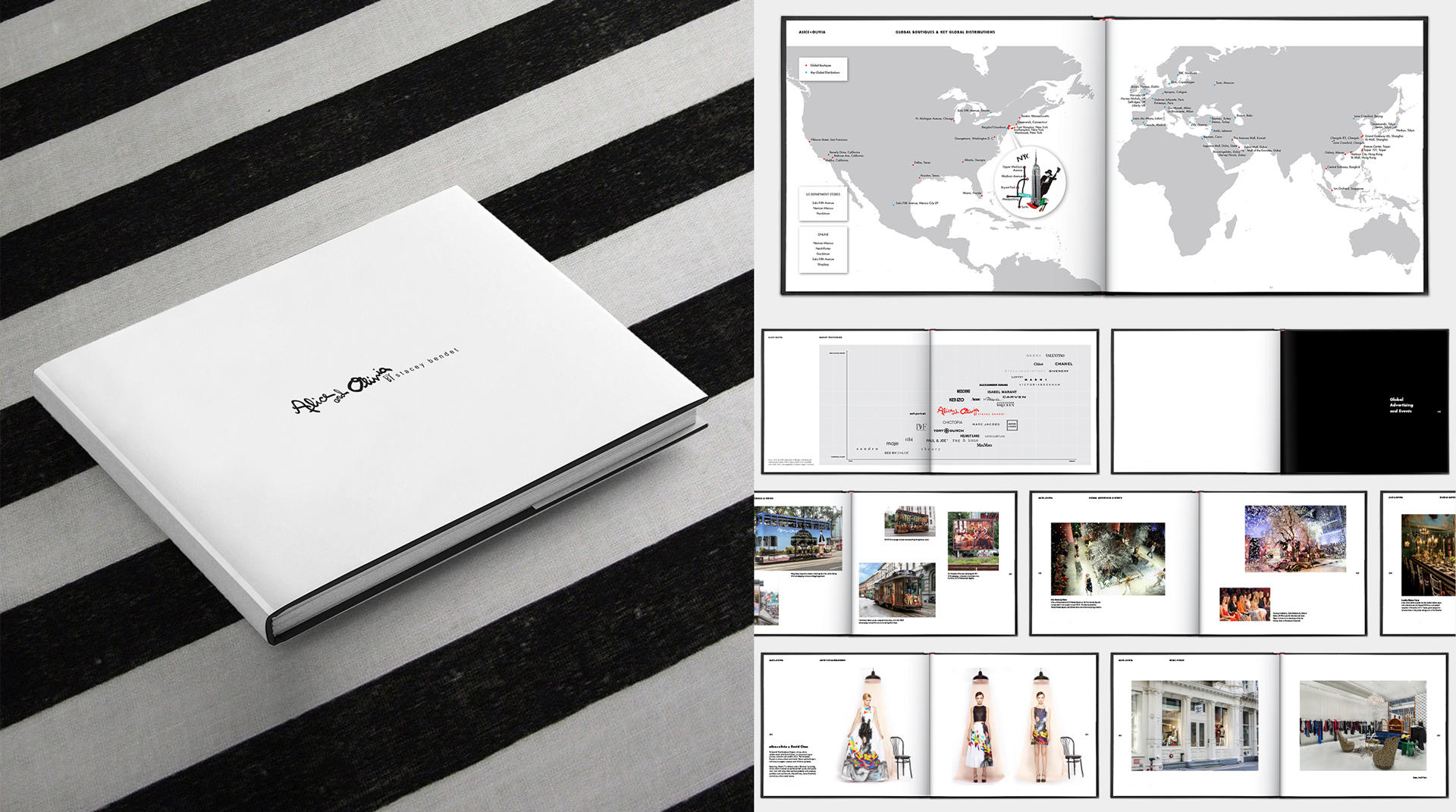
Brand book for Alice + Olivia international partnerships.
You used to work for the fashion label, Alice + Olivia. What were some typical day-to-day tasks?
My role in the creative services team at A+O really evolved from the time I started to the time I left. I helped develop graphic design needs that funneled through our team as creative requests, such as the design and development of the brand style guide, designing seasonal look books, business presentations, campaign art direction, photo retouching, and social media needs … things that were expected from a marketing team, which came with its own set of challenges. A lot of these projects did not require complex design thinking processes, so I applied practical design principles in my work: typographic hierarchy, grids, and animations that made these projects a little extra.
The brand doesn't have a strict adherence to any particular style simply because it's just that kind of fashion brand. Things change often and quickly, and we adapted quickly as well. Through the relationships I have cultivated and nurtured within my own team and various other creative and business teams, I was able to assign a greater value to my role by being the point person of design communication for everyone working on different floors.
I had the most fun with unconventional projects, especially the ones I worked on with the visual merchandising team for the fashion week presentations, and with the international business partnerships team for brand partnership campaigns. I also had a great, absolutely genuine Aussie Art Director that made day-to-day operations pretty entertaining.
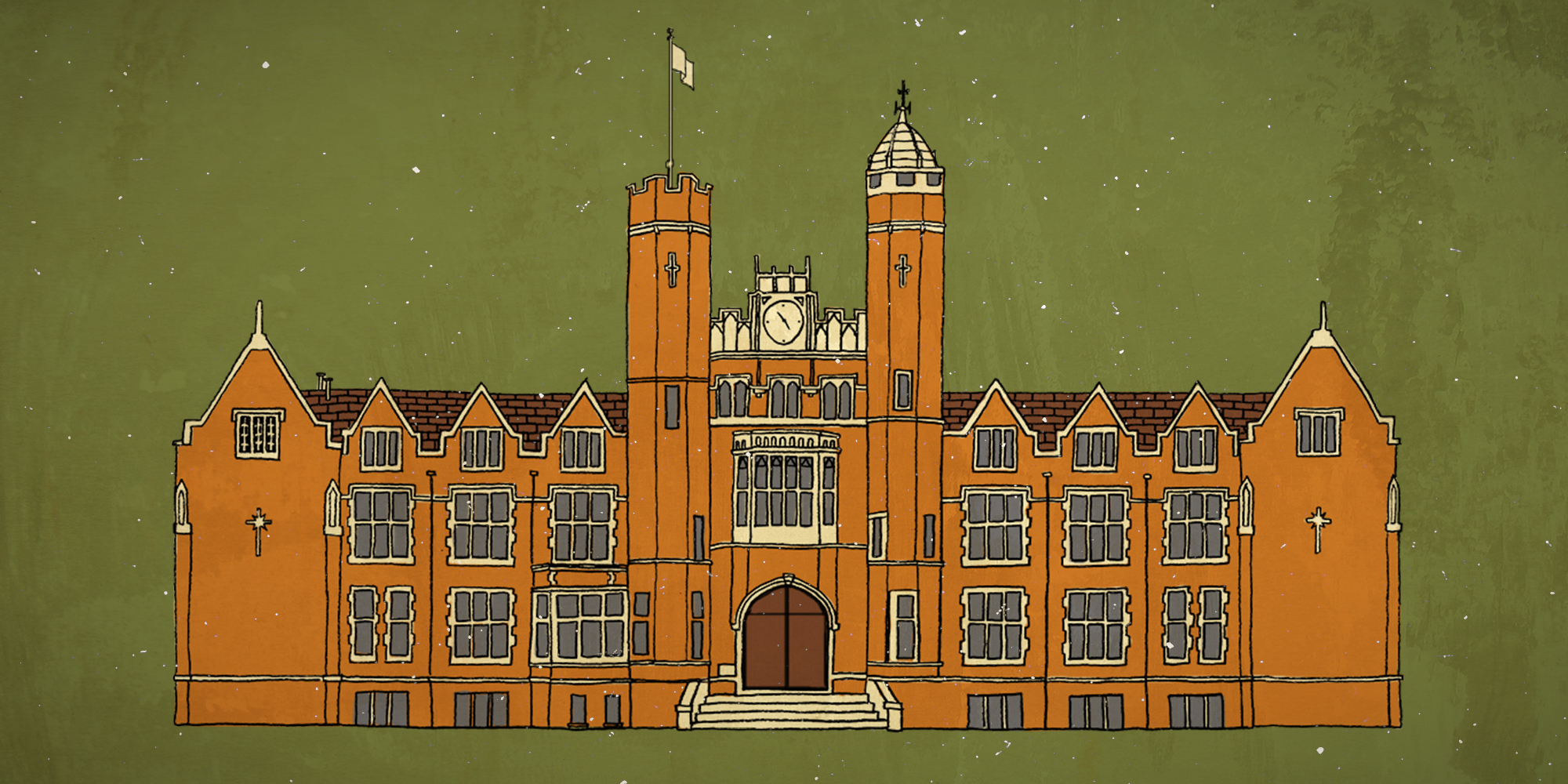
Personal project: Façade Series, featuring Wagner College
You have had a bit of an unorthodox trajectory, in that you haven’t remained in just one industry for your 10+ year career so far. Was that intentional?
Yes indeed! As a curious person, I always want to learn as much as I can from every experience I could get involved with. That's when I figured that being a multi-disciplinary designer was the best fit for me. I learn different design skills pretty quickly and develop an understanding of how things are done, and done right, which then informs my design process and helps me communicate more efficiently (and emphatically) with whatever team I work with. It is also a great way to learn new skills and develop friendships with people of different skillsets -- from architects, to production designers, and design strategists.
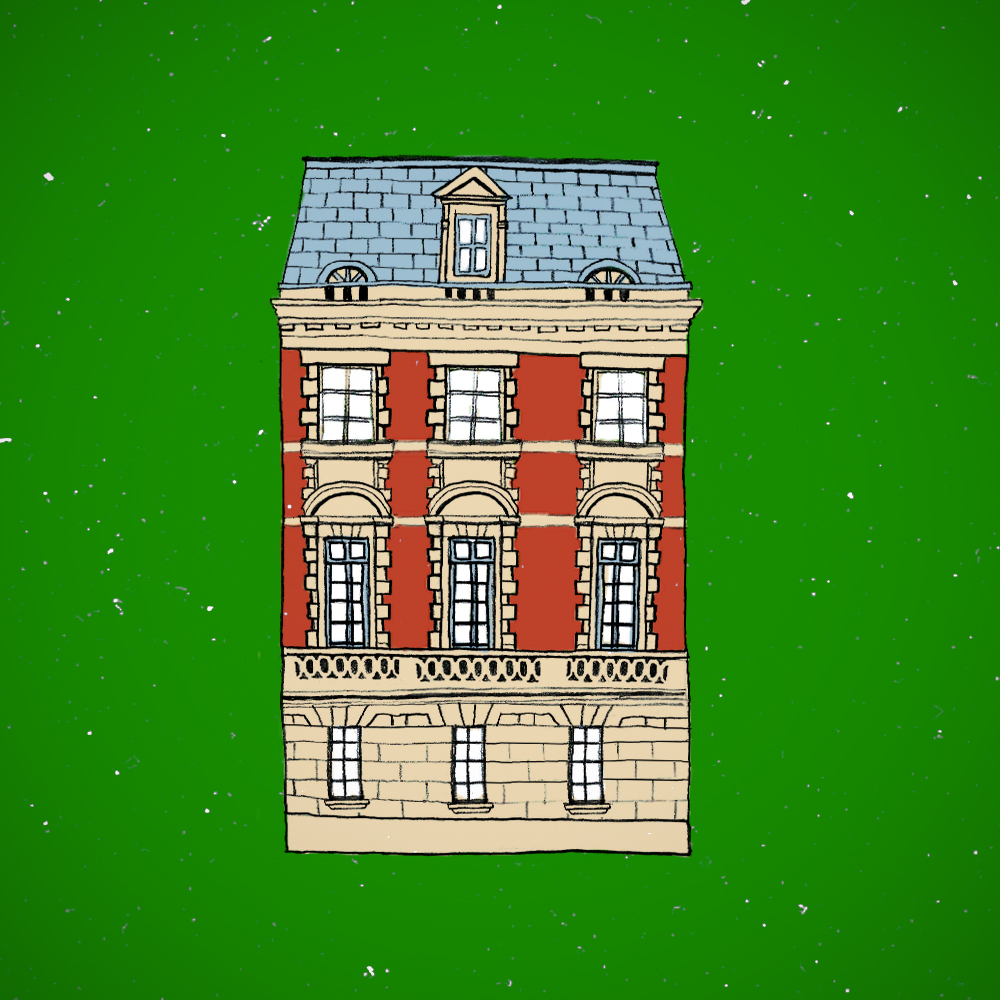
Personal project: Façade Series, featuring Neue Galerie.
Is there an industry you want to dedicate more time to?
I'd like to dedicate more time towards design for social and environmental good as I believe in the value of thoughtful, sustainable design as it has greater longevity and is so important now more than ever as an ideology that helps inform and educate people responsibly. There are a lot of talented designers here in NYC, but I'd like to make sure that what I'm putting out there in the community is not just beautiful but has meaningful value that exceeds expectations.
